How your wallpaper removal or border removal job job proceeds (with incredible ease or with difficulty bordering upon impossibility) is affected in a major way by the wall surfaces that you have in your home or office, etc. Almost all pre-1940’s houses were made with wood lath and plaster construction. These houses are wonderful for wallpaper removal, as the plaster provides a hard, solid base which allows for ease of work with wallpaper removal tools. These walls were not often ‘perfectly’ flat, however, and one can ‘chip’ the walls a bit with one’s steel wallpaper removal tools. Otherwise, (barring major paint defects) [see above] these are the very ‘best’ walls from which to remove wallcoverings of any type. Many houses that are of post-World War II vintage have a drywall (gypsum board sandwiched between heavy paper) surface. The older houses made this way still had a thin layer of plaster applied over the drywall… for a plaster finish much like above. After the 1960’s nearly all houses made using drywall were simply finished with ‘primer’ paint and ‘finish’ paint over the paper surface of the drywall… and more often than we would like, builders even skip the primer paint and just use ‘regular’ or ‘finish’ paint over the drywall (which is an absolutely incorrect method of finishing drywall and is a ‘painting’ defect).
Wall Surfaces and their Affect Upon Paints, Pastes and Wallcoverings
By Michael Haluska|
2019-08-22T21:05:47+00:00
August 6th, 2019|Categories: Wallpaper Removal Blog|0 Comments
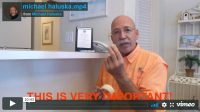
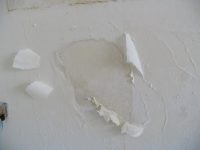
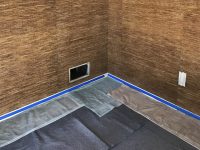
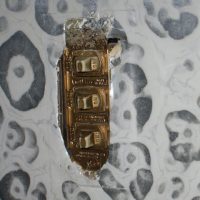

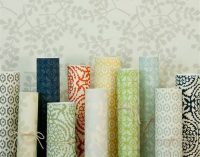
Leave A Comment